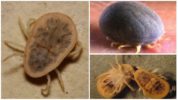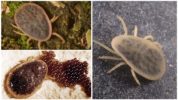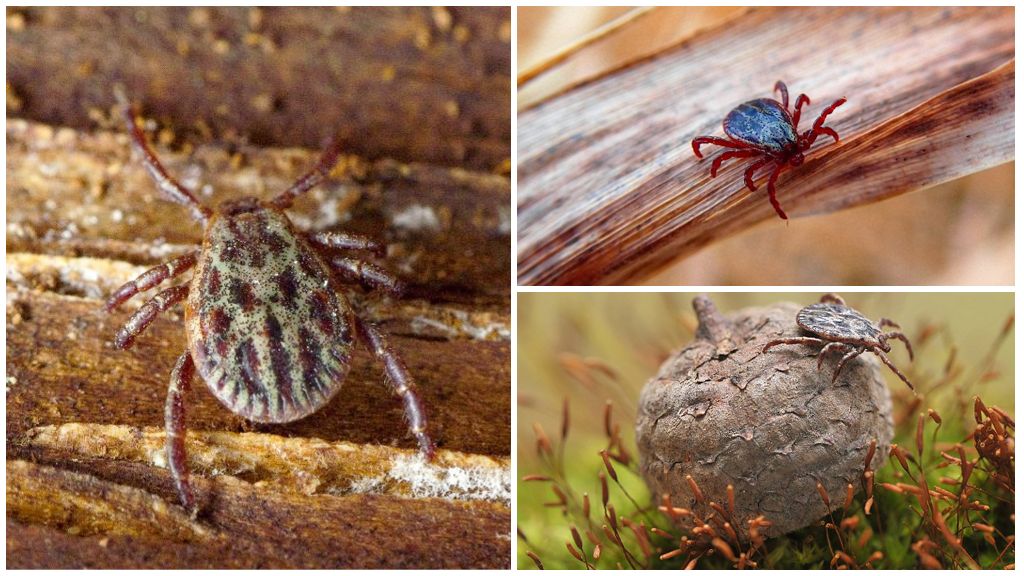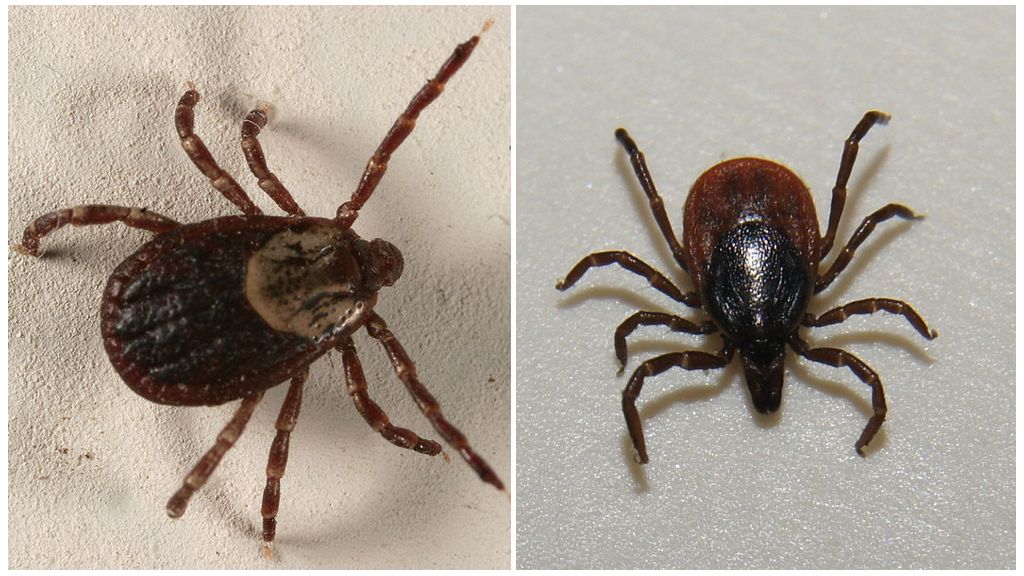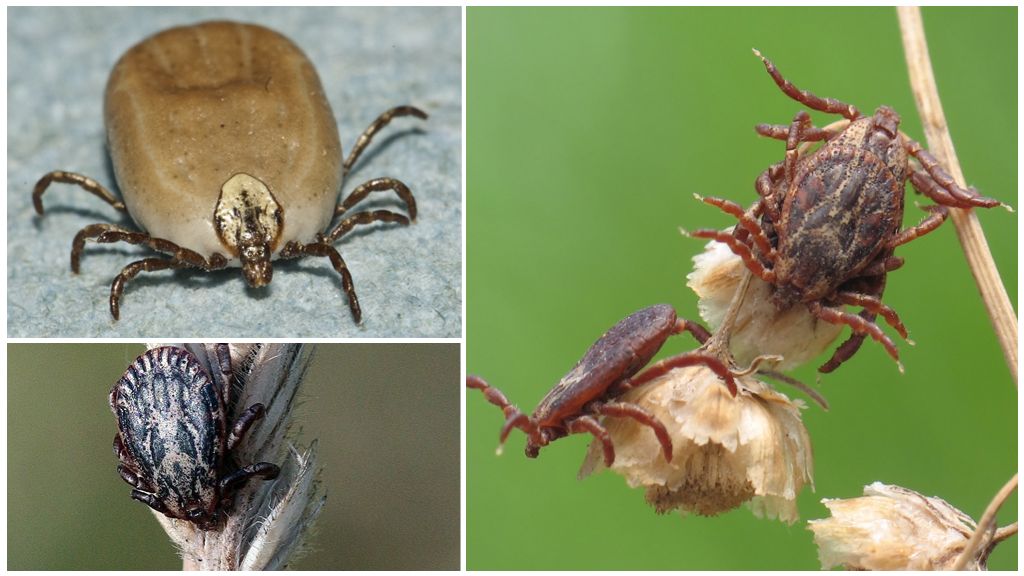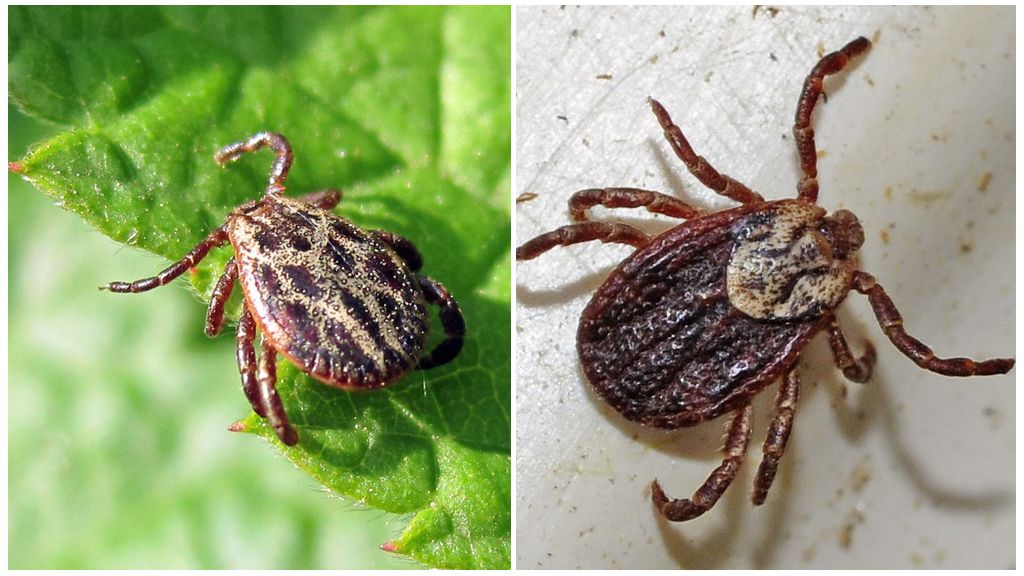- Village tick
- Village tick
Settle tick is quite common throughout the globe, its bite can cause an outbreak of complex infectious diseases that can be treated very hard. Therefore, it is important to be able to recognize the parasite and know what to do with a bite.
Appearance
The settlement tick belongs to arachnids from agrarian families, which is translated from Latin means awaiting. The Latin name for the parasite is Ornithodorus papillipes. The structure of the settlement tick is standard:
- elongated body;
- four pairs of limbs, the first of which are not equipped with suction cups;
- the size of an adult can reach 30 mm, males grow smaller;
- the head is small, there are no eyes on it.
Interesting!
The mite of the village is distinguished from other individuals by integument; in adults, they are tuberous.
Under the fourth pair of paws, the anus is located, surrounded by a chitin ring. Both females and males have genitals between the first and second pair of limbs. Depending on gender, this can be a small transverse gap in females or a small hole with a hard shield in males.
Development features
Development consists of three stages, like all ticks. The life cycle of a village tick can stretch for 10-15 years due to the ability of arachnid to freeze in difficult conditions. Each stage can be characterized as follows:
- A larva hatches from the eggs laid by the female, it is only 2 mm long, but at a temperature of +22 it will increase body weight by 20 times in a matter of days. Adverse conditions for development are considered to be + 18 ° C and below, such indicators of a thermometer will not allow the development process to go through normally, the larva freezes.
- The nymph is already similar to an adult, but sexual separation has not yet occurred. The integument of the nymph's back is leathery with spikes. In this form, the parasite passes 7 ages, they end in molting.
- The adult settlement tick has the above-described appearance, is able to mate and leave offspring in fairly large sizes.
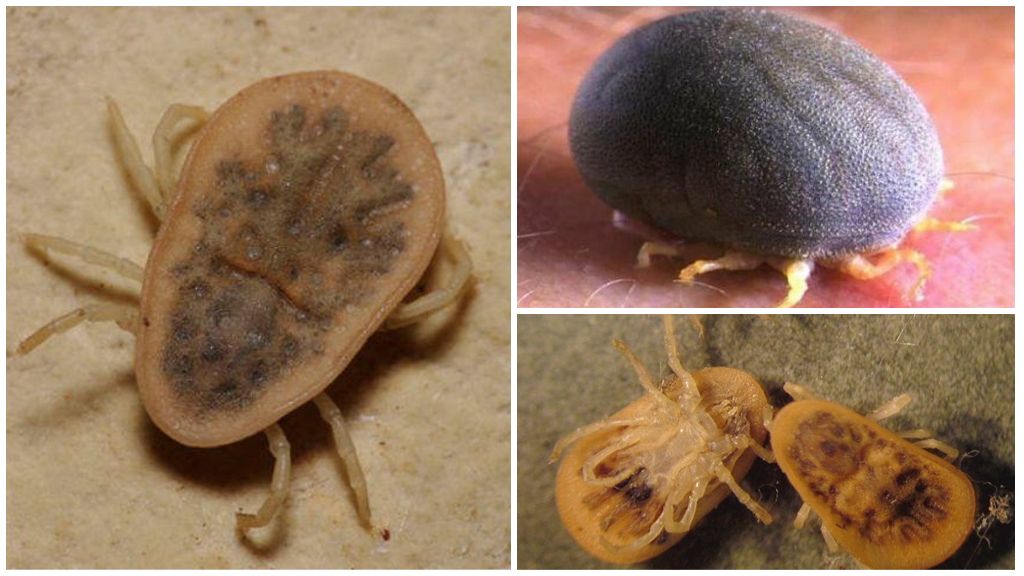
A distinctive feature of an adult tick from brethren will be the color of the body, along its edges a light rim is clearly visible, which contrasts strongly with the center of the back.
Important!
Settlement mites at any stage can delay their development under adverse conditions for long periods. Without food, the parasite can live up to 12 years.
Full life cycle takes from several months to several years under appropriate conditions.
Breeding
After mating, the female of the settlement tick lays eggs, from which the offspring will hatch. For the normal process, she needs nutrition, each time it happens in different ways. Sometimes a couple of hours is enough to satisfy the hunger, and sometimes the procedure takes only a couple of minutes.
At one time, the female tick lays up to 200 eggs, for her offspring she chooses hidden places. Most often, masonry is carried out:
- in bird nests;
- in burrows of wild animals, most often in rodents;
- under skirting boards and in floor slots in a person’s home.
The color of the eggs is yellow-brown; they are oval and small in size.
Distribution area
Ticks are distributed throughout the globe, the settlement is found on all continents except Antarctica and the Arctic.The favorite habitat of the parasite is subtropical, tropical and temperate zones, most often you can meet the village tick in Central Asia, namely in the mountain and foothill regions of Kazakhstan. It is here that the most suitable weather conditions for the fastest flow of all stages of development.
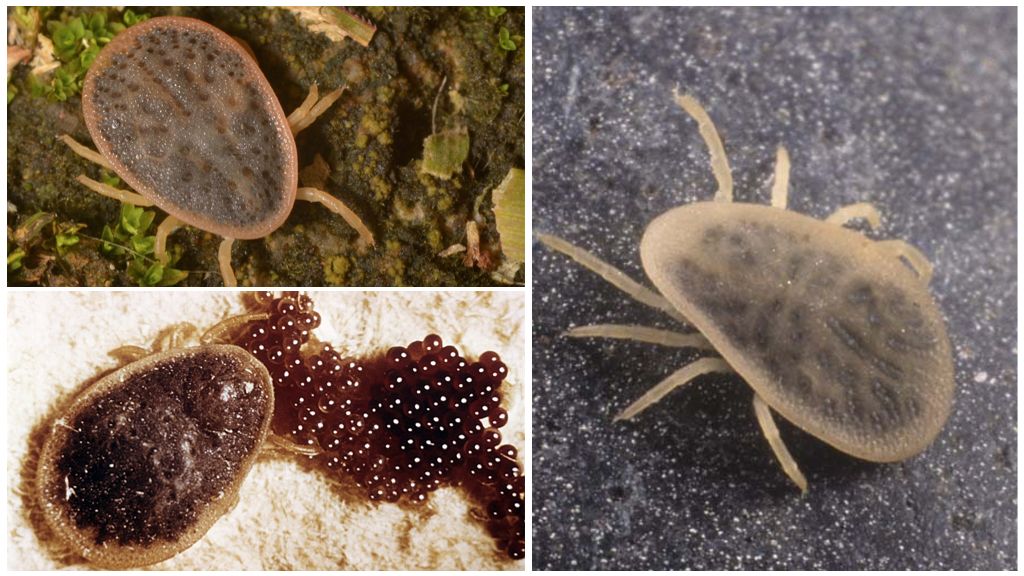
Medical value
Settle ticks can tolerate many different infectious diseases that can be fatal to humans. The bite of the parasite will bring with it not only unpleasant sensations afterwards, but also such diseases:
- encephalitis;
- relapsing fever;
- tularemia;
- Central Asian form of tick-borne spirochetosis;
- typhoid fever.
Each of these diseases can quickly spread and cause an epidemic.
Important!
Infection occurs from sick rodents and birds, the female tick inherits an infectious disease to its offspring.
The parasite mites more often on animals, but it does not disdain humans.
To avoid illness, immediately after bite you need to seek help from specialists, otherwise even after tick extraction the likelihood of disease of the above diseases is high. Over time, it is one ignored bite that can cause an epidemic.
Even the ancient doctors called the village tick a peddler of epidemiological diseases with severe forms. It is worthwhile to carefully consider unnatural footprints on the body and immediately contact specialists for unnatural rashes on the skin.
